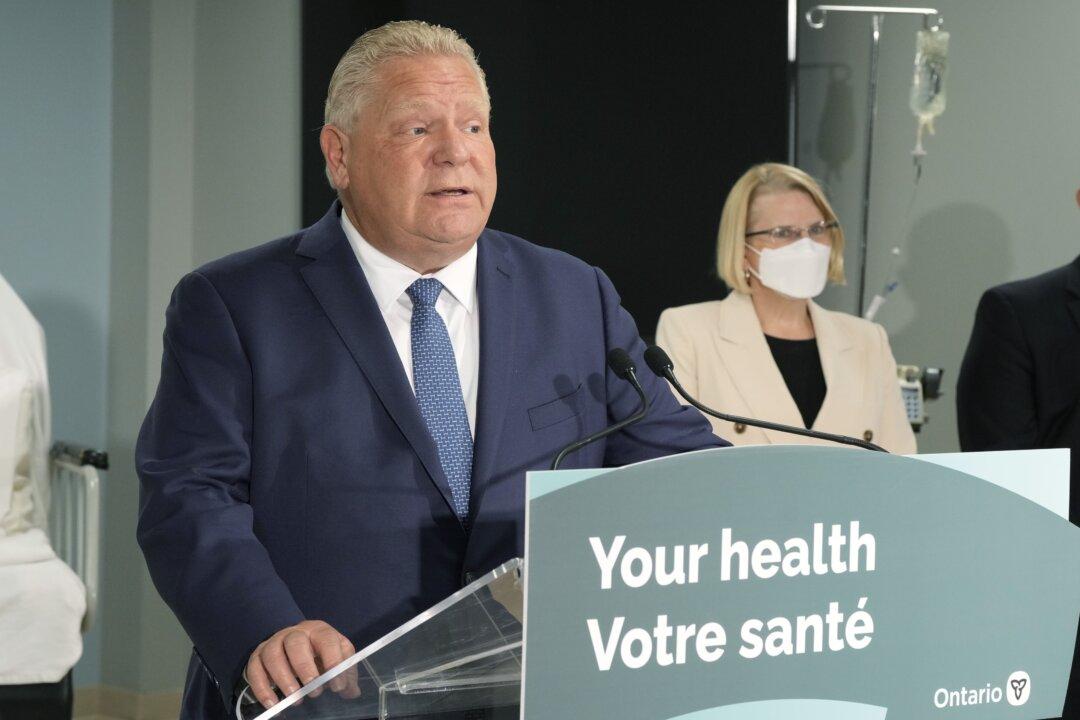A new report predicts Ontario will have a shortfall of 33,000 nurses and personal health care aides, and be short $21.3 billion to cover health care costs in the next five years.
The province’s Financial Accountability Office (FAO) released a special health care report on March 8, suggesting the province’s health spending plan “will not meet existing commitments or growing demand.”





